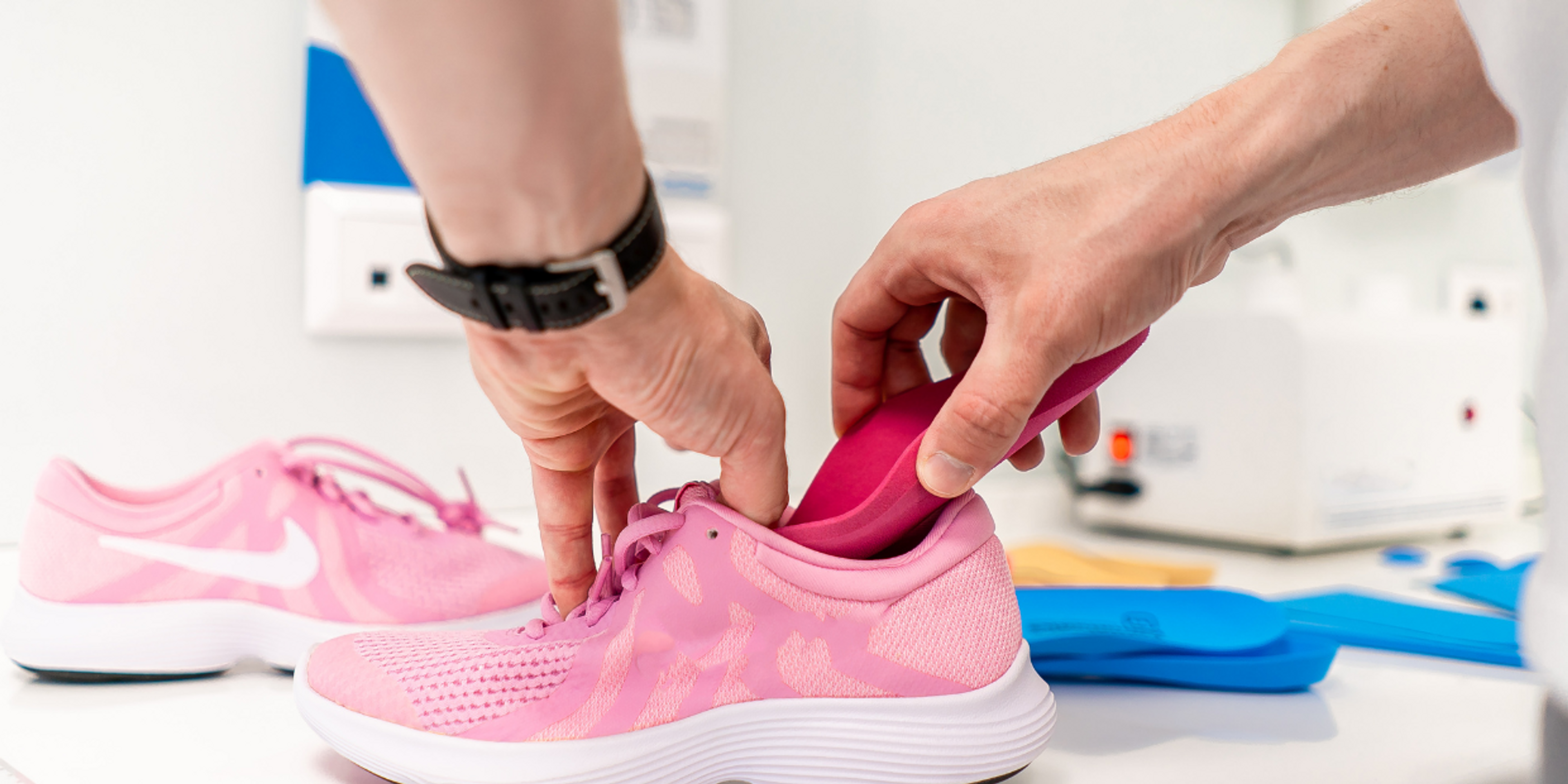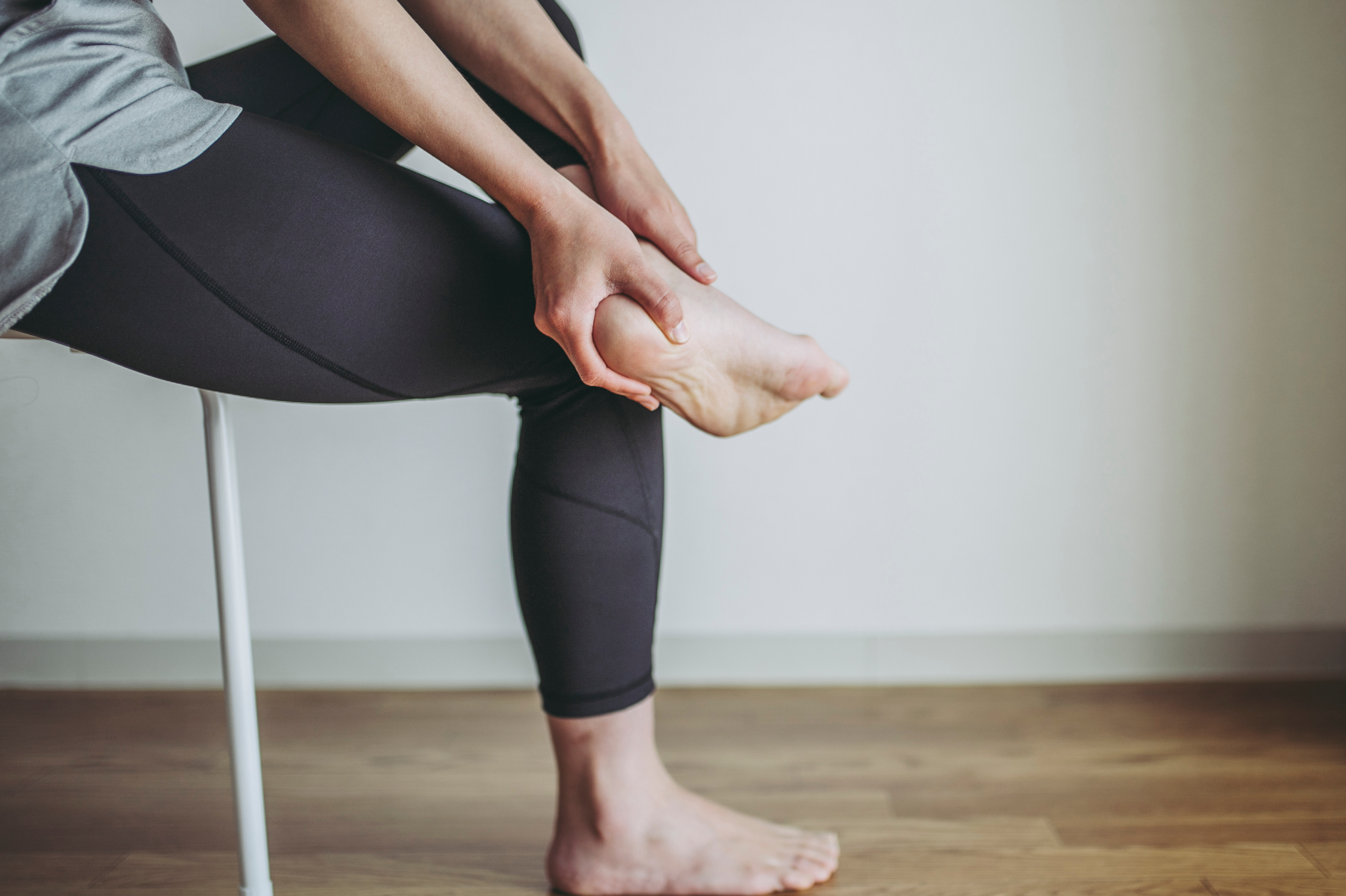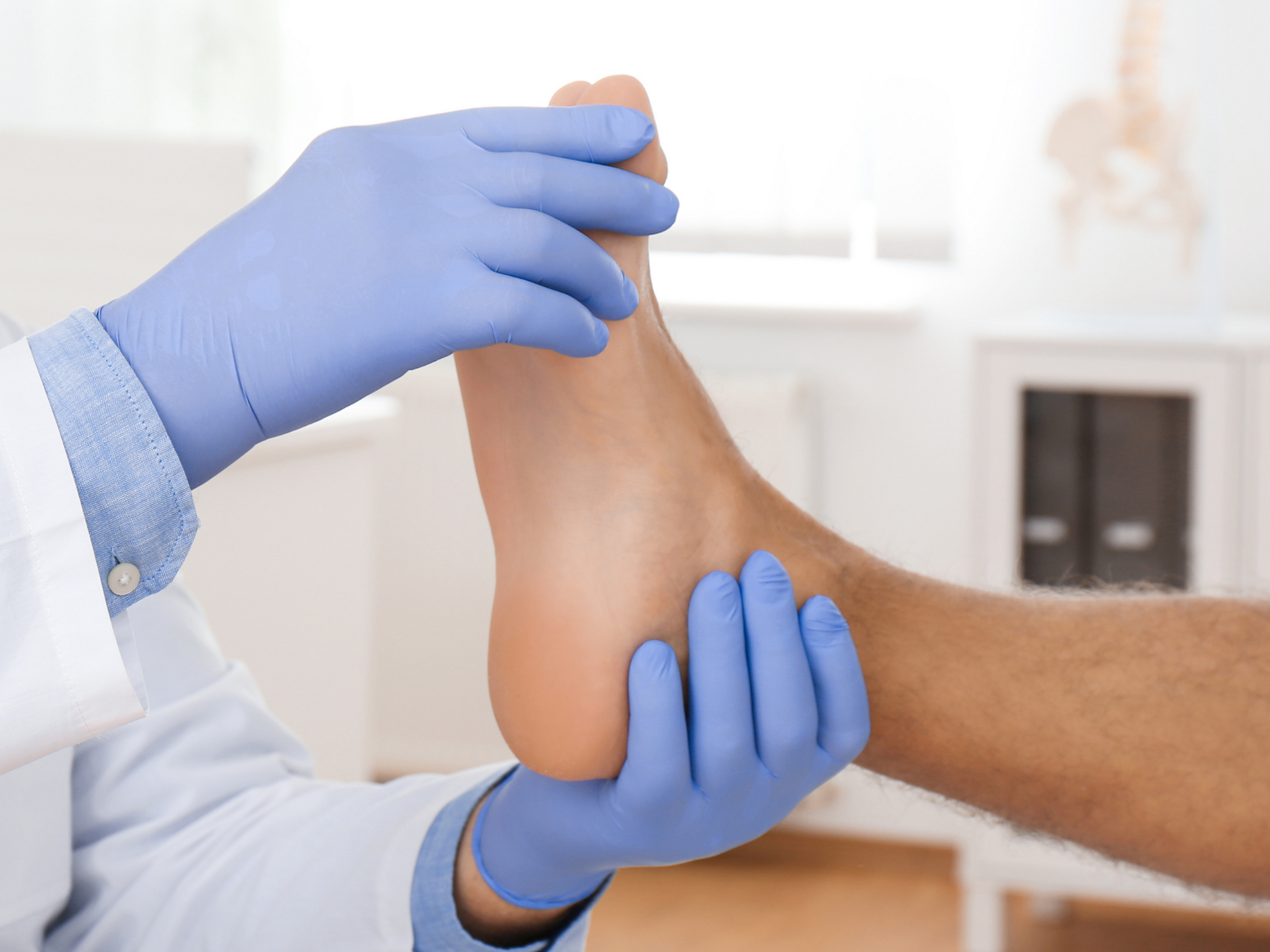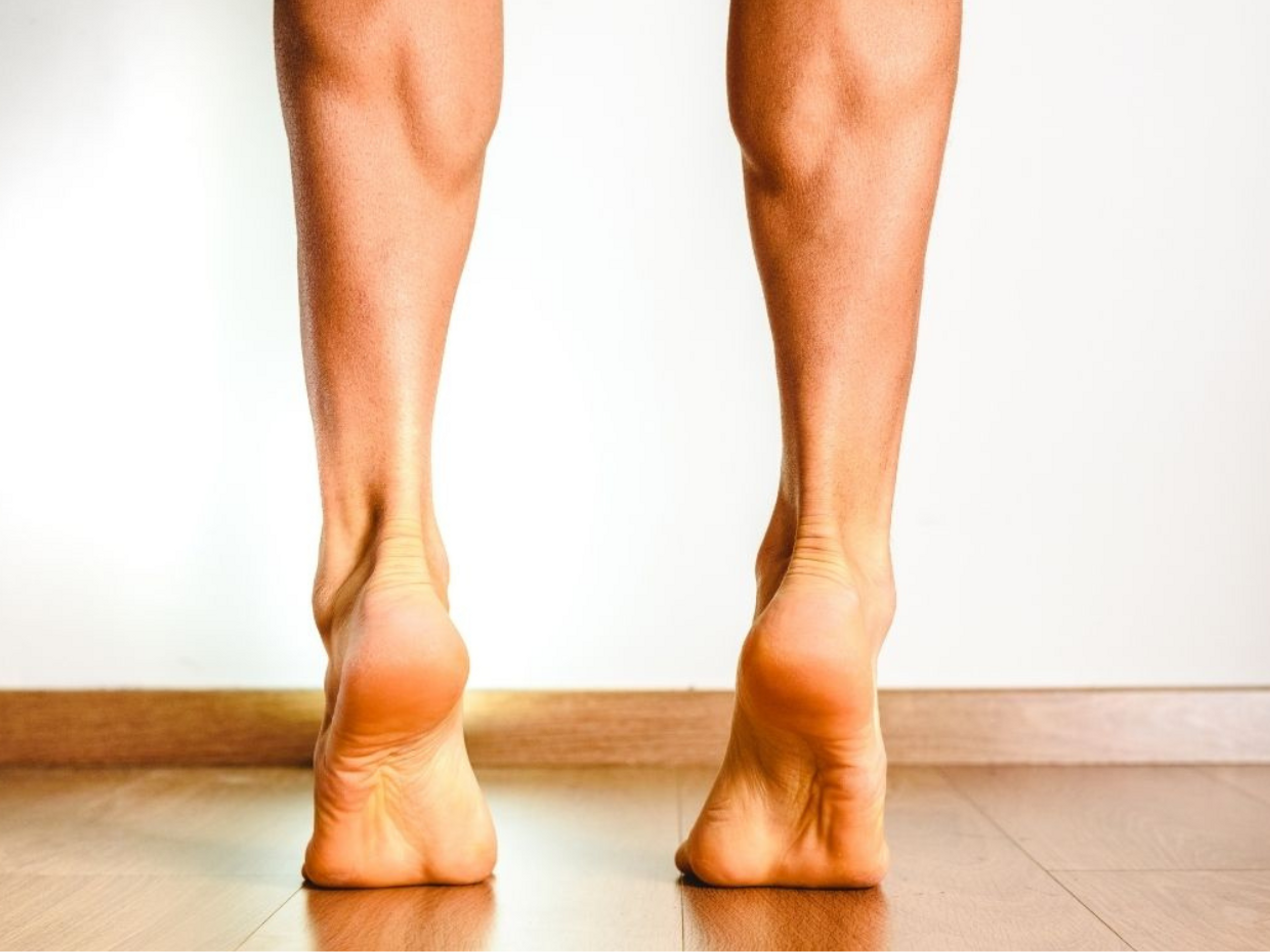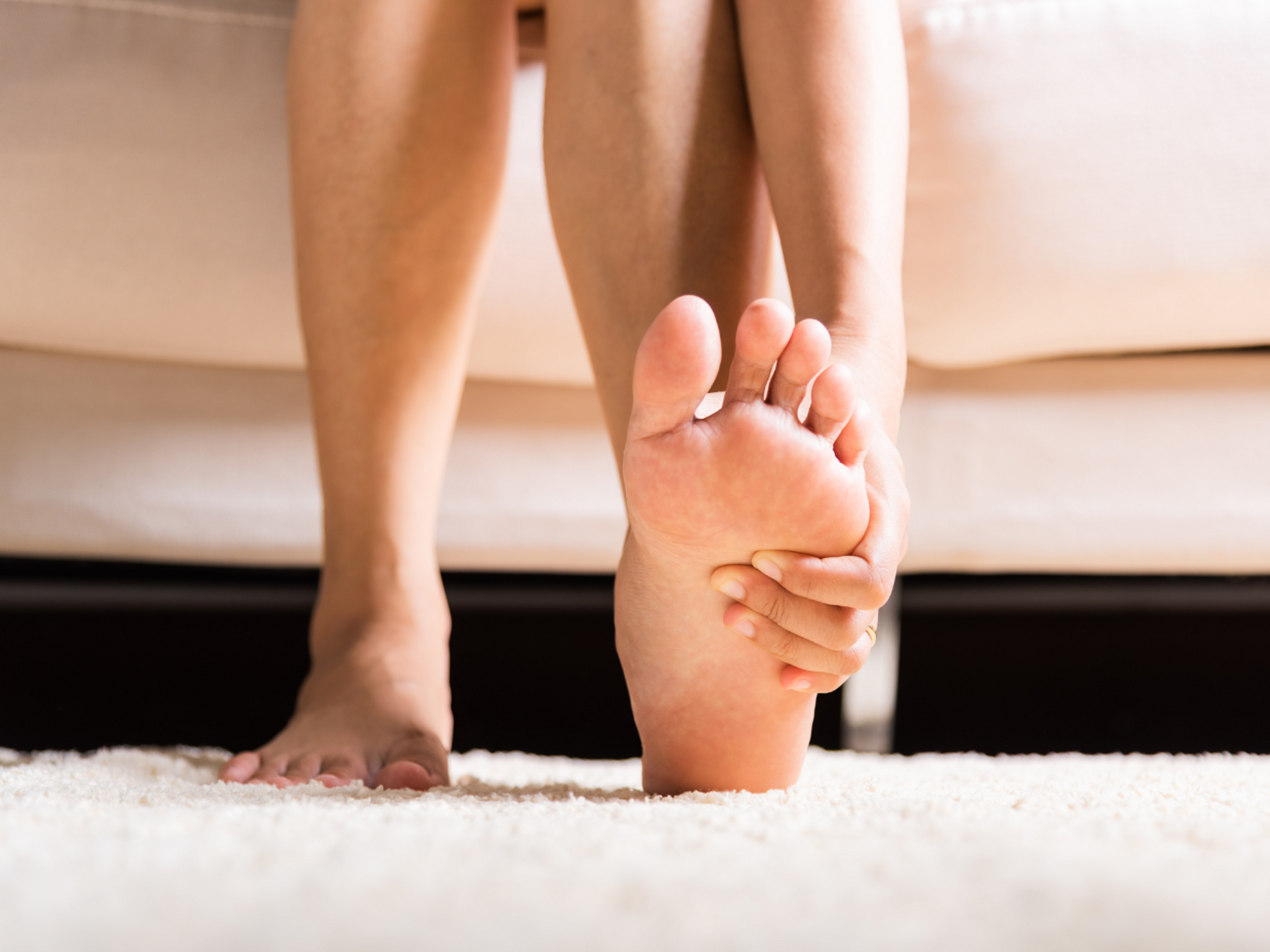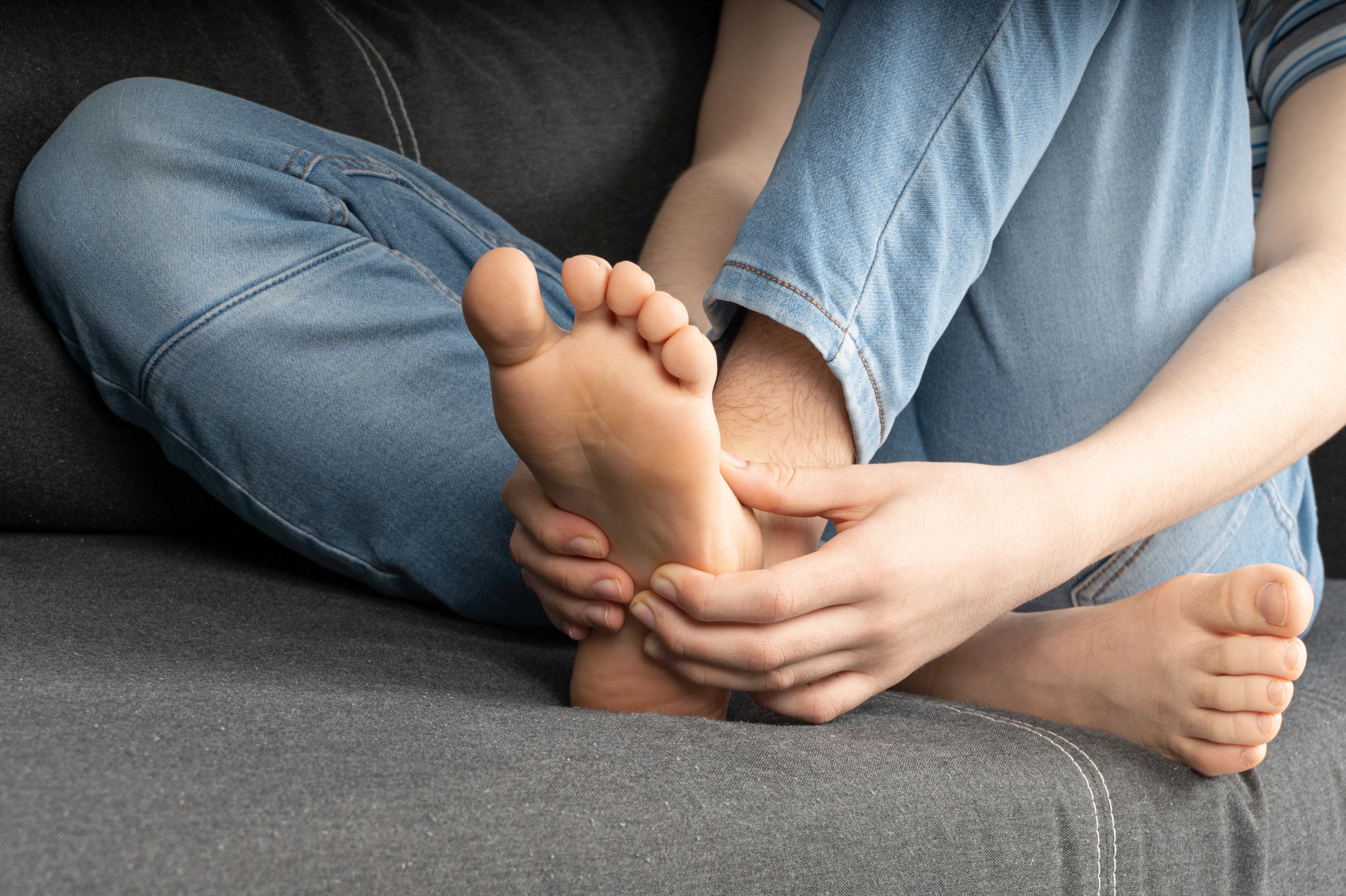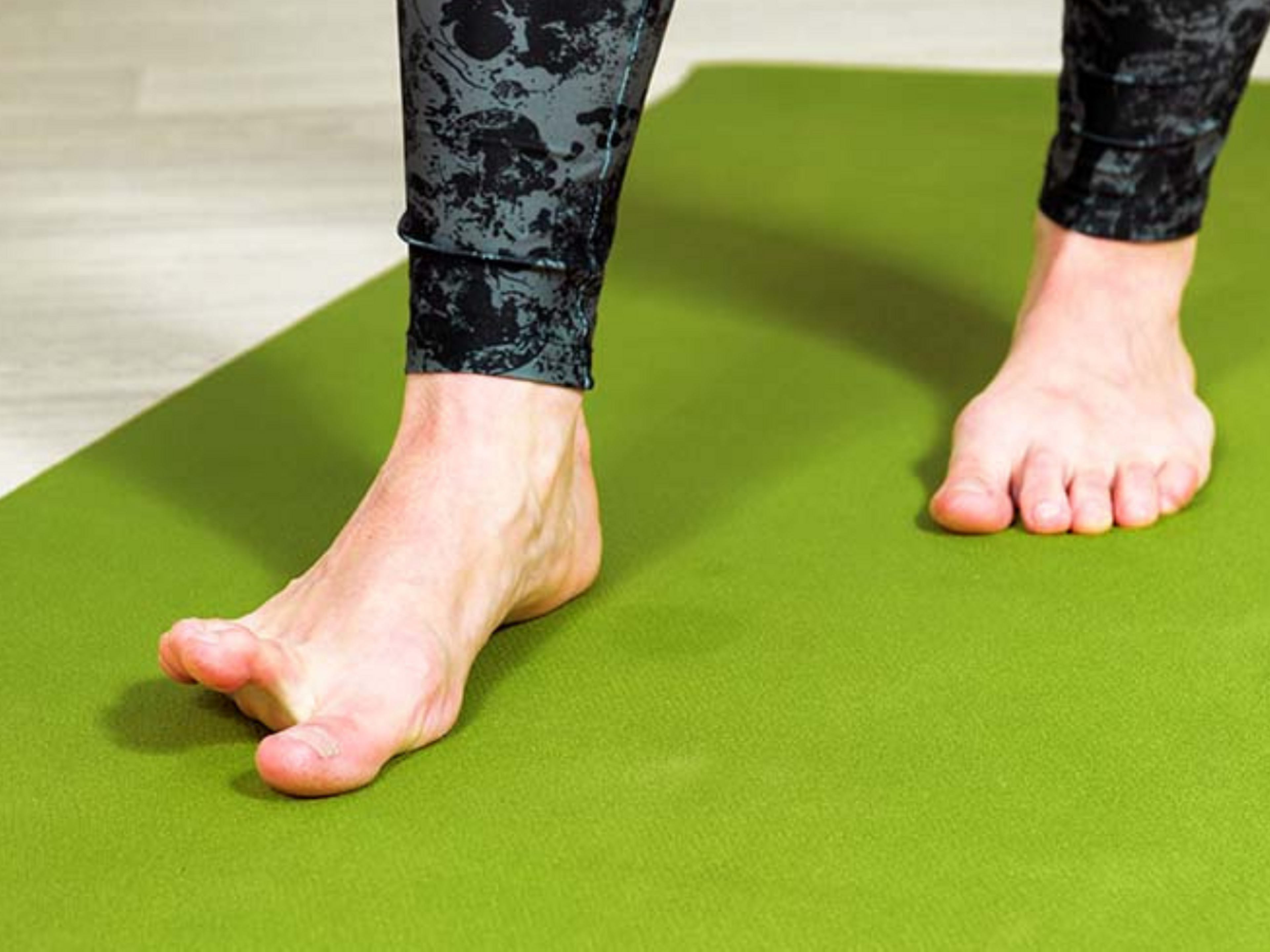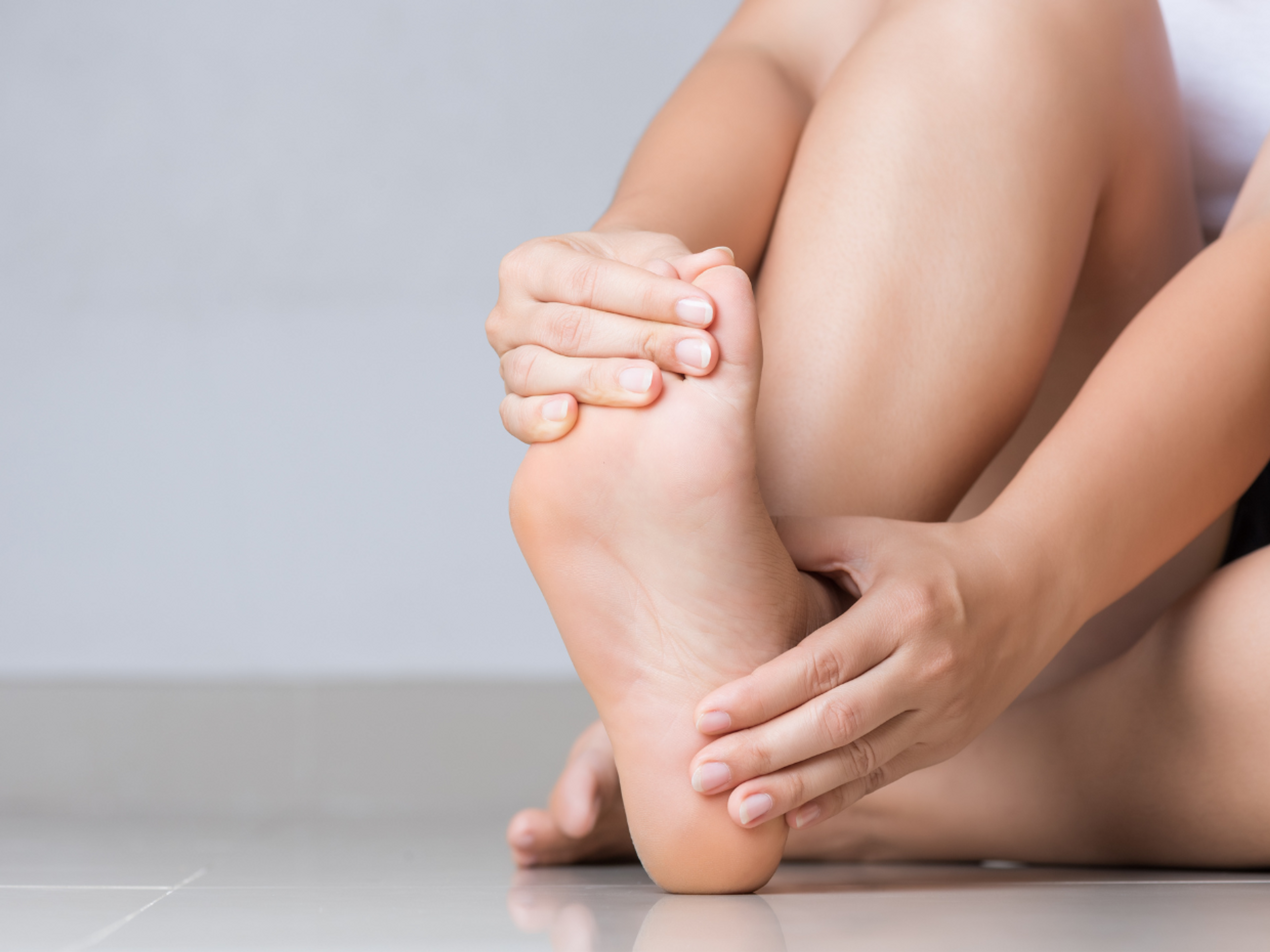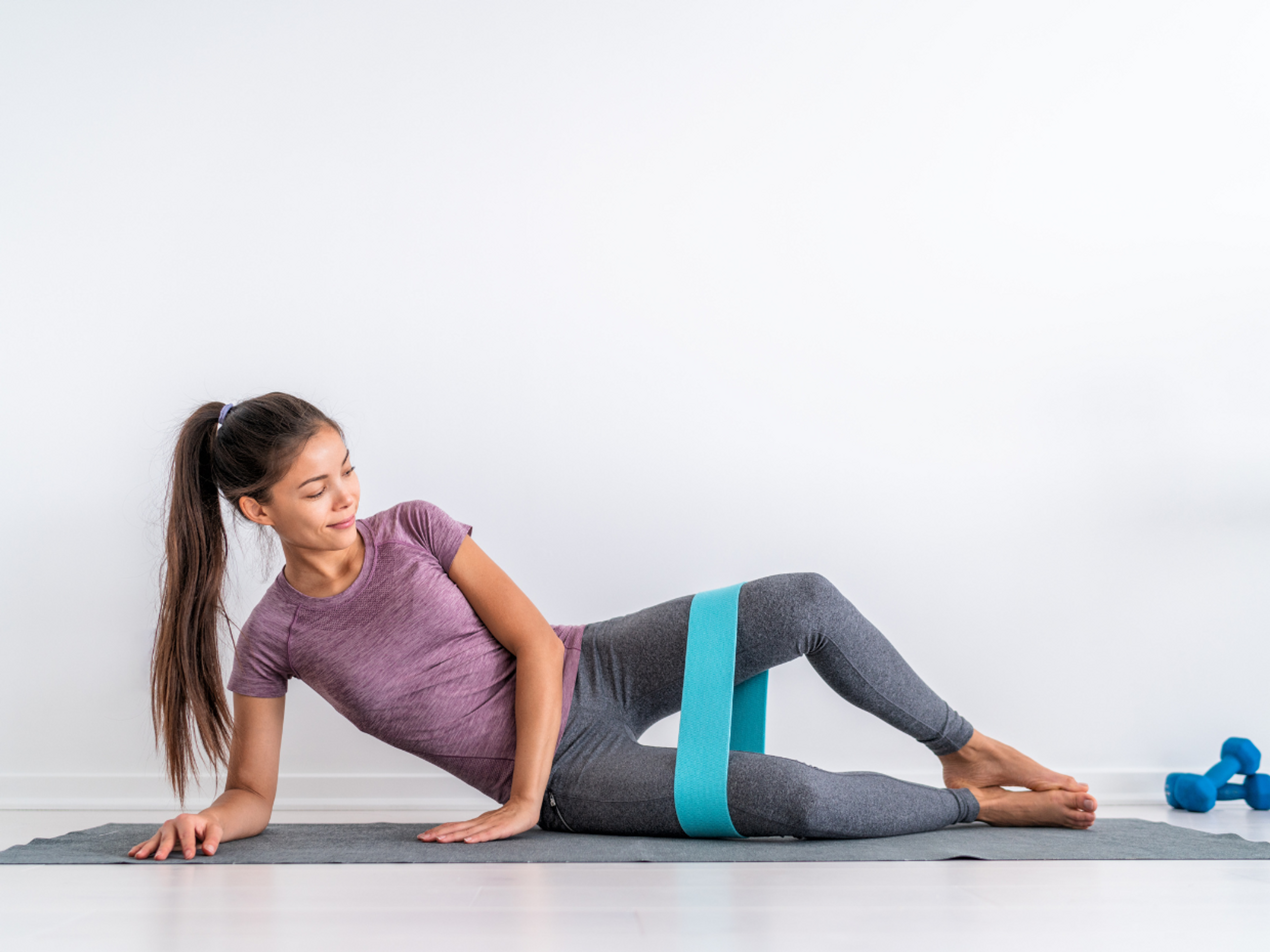Orthotics and insoles for plantar fasciitis: Do they help, and are they worth it?
What are orthotics and insoles?
Orthotics or insoles are special shoe inserts commonly recommended to help treat painful foot conditions like plantar fasciitis.
They are used by athletes and non-athletes alike, with the overall aim of helping to support, protect, or enhance natural foot function.
Insoles are available in different shapes and sizes and vary in firmness and flexibility depending on the need. They are made from various materials, such as EVAs (ethyl-vinyl acetates) which are “rubber-like” materials, gel, foams, cork, moldable plastics, and carbon fiber.
Are insoles the same as orthotics?
The term “insoles” generally refers to all shoe inserts, while orthotics refers to an insole that has been adapted to provide a specific benefit to the foot.
So, all orthotics are insoles, but not all insoles are orthotics. But you don’t have to worry about this too much. We’ve described each type of orthotic or insole in detail to avoid confusion.
Different types of insoles
Insoles can be divided into 2 broad types, supportive and unsupportive.
They can be categorized by the materials used to make them, how easy they are to get, and their specific features and functions.
Unsupportive insoles and shoe inserts
These include:
- Soft or “accommodative” insoles
- Gel heel pads and cups
Soft or "accommodative" insoles
Soft insoles are made from soft materials, usually fabric, foam, or gel. They are cheap and easy to find and fit.
Main features and functions of soft insoles:
- Available in different shapes and sizes but usually in “one-size-fits-all” options
- Can sometimes be cut to size for your foot and shoe
- Provide a light cushioning effect
- Compress and lose shape quickly, so offer no arch support or movement control
Do soft or accommodative insoles help for plantar fasciitis?
There is no evidence to support using soft insoles for treating plantar fasciitis.
When to use soft insoles
If full-length soft insoles aren’t comfortable for you, or you’d like to add cushioning without affecting your whole foot, you could try using other inserts like ¾ length soft insoles, gel heel cups, or heel pads.
Gel heel pads (cushions) and gel heel cups
Gel heel pads are soft flat gel discs that you place in your shoe to help cushion and protect your heelbone.
Gel heel cups are like gel pads, but they have a wall that surrounds your heel. Supposedly, this wall aims to cradle your heel and prevent it from slipping around in your shoe, which may improve foot function and reduce strain on your plantar fascia.
Do gel heel pads and cups help plantar fasciitis?
People with heel pain often have injuries to more than one structure in their feet (plantar fascia, fat pad, bone). Gel heel pads are beneficial when your plantar fasciitis is accompanied by changes to the fat pad under your heel.
Your heel fat pad is a layer of fatty tissue under your heel bone that acts as a mini-shock absorber. With age or overuse, this fat pad may become less thick, which results in more pressure on your heel bone and soreness in that area. Researchers have found that a thinner fat pad is also associated with plantar fasciitis.
They are often also prescribed for people who have been diagnosed as having a heel spur. A heel spur is a small bony projection that can form on the underside of your heel bone.
However, evidence shows that heel spurs are often painless and wrongly blamed for causing plantar fasciitis pain.
When to use gel heel pads
When might gel heel pads or heel cups not be that useful?
If your heel pain was caused by a lack of stability or control in your ankle and foot, then these unsupportive insoles will not really make much of a difference. You may be better off trying a more supportive insole that has heel cushioning built into it.
Supportive orthotic insoles
These include:
- Prefabricated insoles or orthotics
- Custom insoles or rigid functional orthotics
Function and features of supportive insoles:
- Provide extra support for your feet and vary in firmness and design based on the type of support they need to provide.
- They may provide extra arch support, shock absorption, supination control, or metatarsal lift. Or a combination of different support features like these.
- Often, they have added cushioning to improve comfort too.
Prefabricated insoles
Prefabricated insoles are premade insoles constructed from hard, soft, firm, flexible, or a combination of these materials, depending on the type you choose. They are less expensive than custom insoles and easy to find and fit.
Main features and functions of prefabricated insoles:
- Non-customized but available in different design ranges and can be cut to size
- Each range provides generic yet distinct levels of cushioning and arch support for various conditions, uses, foot and shoe types
- Longer lasting than soft insoles (6 months – 2 years)
- Can be used in different shoes
Do prefabricated insoles help for plantar fasciitis?
We're not sure yet. The current research has failed to show any extra benefit from wearing prefabricated insoles as part of the treatment for plantar fasciitis. However, the available research is not very high quality - we must wait for better and more studies to draw reliable conclusions.
Like with heel pads, we find that some of our patients benefit from prefabricated insoles while others don't.
When to use prefabricated insoles
Custom insoles or rigid functional orthotics
Custom insoles are crafted from unique materials based on the prescribed level of support and cushioning a person needs.
They are expensive, take time to make (2 – 4weeks), and not easy to access as they require specialist fitting and manufacturing.
Main features and functions of custom insoles:
- Individually prescribed by a podiatrist after a thorough assessment
- Customized to your foot structure, walking pattern, and shoe type from a cast or using a foot scanner
- Longer lasting (shell: 2 – 5 years; cover: up to 2 years)
- Do not change shape
- Control joint motion and maintain optimal foot alignment
Do orthotics help plantar fasciitis?
Some researchers found that custom orthotics can improve plantar fasciitis pain in the short term (first 12 weeks) slightly better than prefabricated insoles, but not beyond.
When to use custom insoles or orthotics
Customized insoles may be a good option for you if:
- You’ve had positive results with prefabricated insoles, and you’d like a longer-lasting “glove-like” fitting insole.
- You’ve found no relief with taping, exercises, load management, and lifestyle advice. Experts suggest that custom insoles may then be the next step for you.
- Your foot shape predisposes you to plantar fasciitis. Examples include flat arches with very flexible ligaments (flexible flat feet) – making it difficult to control your foot movement when you walk or run. Or stiff high arches – making your feet less flexible.
What type of insoles is best for plantar fasciitis?
There is no “one-size-fits-all” option for plantar fasciitis because everyone’s symptoms and situation are unique.
With unclear evidence, varying theories on what works and what doesn’t, and the sheer variety of insoles available, it can become overwhelming when choosing the best type for you.
How do you choose the right insoles when you have plantar fasciitis?
To help you decide, we offer these guidelines:
How to choose your insoles for plantar fasciitis
Why do insoles work for some people with plantar fasciitis and not for others?
Everyone is different, and plantar fasciitis usually stems from multiple causes. Therefore, your foot is only a piece of the puzzle when treating it.
Predicting whether insoles will work for you depends on the root causes of your specific case of plantar fasciitis.
For example, if your foot arch requires more support, you may respond well to a firmer supportive insole. But, if your fat pad is a little thin, then a softer gel insole may work better for you.
On the other hand, if your plantar fasciitis is unrelated to your foot function, orthotics probably won’t help you. No matter what type you choose.
Orthotics don't always work
What can you do for plantar fasciitis other than use insoles?
There are other ways to treat plantar fasciitis that are reliable and proven. For example, addressing factors like wearing supportive shoes, weight management, and following a comprehensive rehabilitation program that include:
- Stretches for your plantar fascia and muscles in the posterior chain (back of your legs)
- Exercises that strengthen your hips and improve the control in your legs
The Exakt app also offers personalized exercise guidance and evidence-based tips for smoothly and effectively managing plantar fasciitis. You can start using it at any stage of your recovery, and the app will adjust to your current condition, helping you progress towards a full return to sports.
